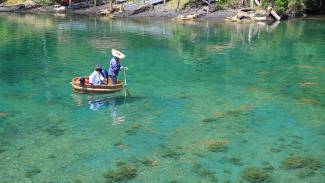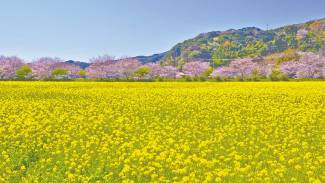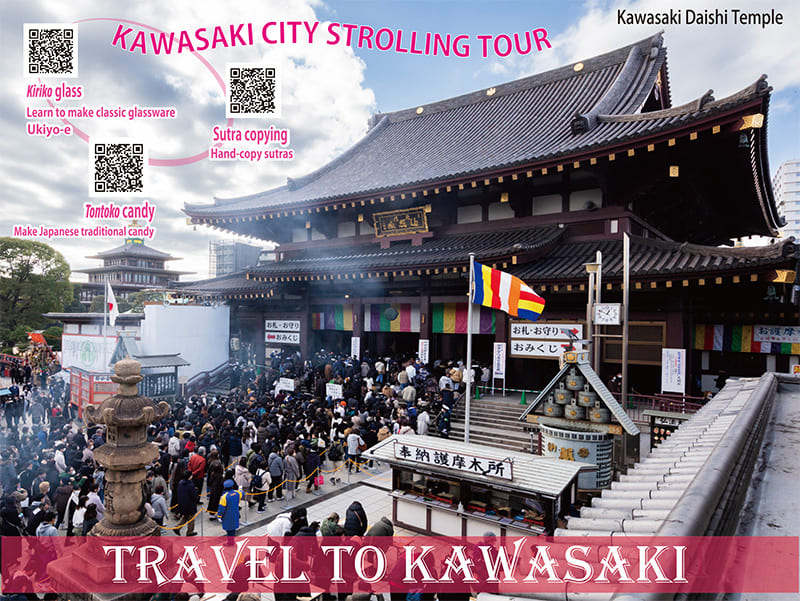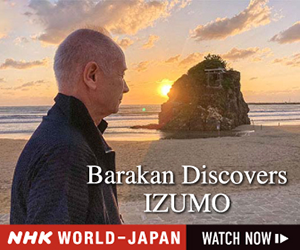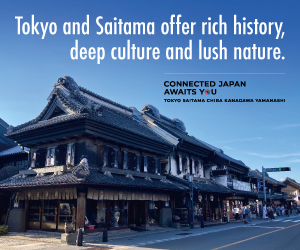KAWASAKI
RICH HISTORY, CULTURE AWAIT CITY VISITORS
The city of Kawasaki can trace its origins to the Edo Period (1603 to 1868), when its existence began as one of 53 staging posts along the historic Old Tokaido Way, which connected major towns along Japan’s Pacific coastline.
At the time of its founding in Kanagawa Prefecture in 1924, Kawasaki had a population of only around 50,000. Today, this bustling economic hub is home to some 1.55 million, ranking it second in the prefecture, surpassed only by the capital, Yokohama. Just 10 minutes from Yokohama and 20 minutes from Tokyo and only 15 minutes from Haneda Airport, its convenient location makes Kawasaki incredibly convenient for shopping and sightseeing.
A powerhouse of Japan’s economy situated in the heart of the Keihin Industrial Zone, Kawasaki also boasts a wealth of hidden cultural gems. For visitors eager to explore Kawasaki’s rich history, the city offers two English-language tours with local experts, providing a truly immersive way to explore it.
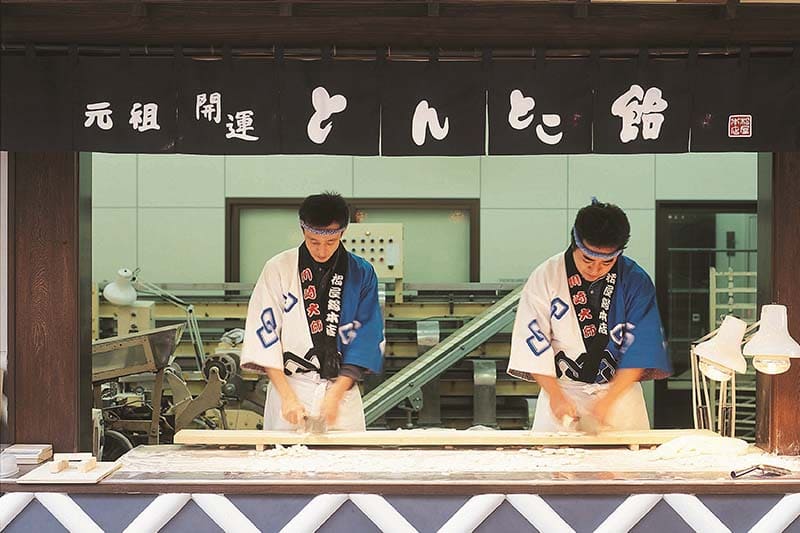
KAWASAKI CITY TOURISM ASSOCIATION
Strolling tour
The Kawasaki City Strolling tour is a four-hour, hands-on experience for up to six participants aged 6 and over. Perfect for those keen to understand the history of Kawasaki, the tour begins with a visit to the Tokaido Kawasaki Shuku Koryukan, where visitors can learn about the origin of Kawasaki as a staging post through intricate dioramas and graphics.
From there, the tour heads to Tokaido Glass, a workshop specializing in kiriko, or traditional glass engraving. During this 90-minute activity, participants try their hand at carving their own colorful kiriko glassware. Best of all, they can take their glittering creations home.
The last part of this tour features a visit to the Kawasaki Ukiyo-e Gallery, a museum of woodblock prints highlighting the “floating world” of the Edo Period, with many works relating specifically to Kawasaki. Boasting approximately 6,000 works in its exceptional collection, the gallery offers visitors an insight into Japan’s past through the art of the times.
Concluding at Lazona Kawasaki Plaza, visitors are welcome to explore the modern attractions of Kawasaki’s shopping area after the tour ends.
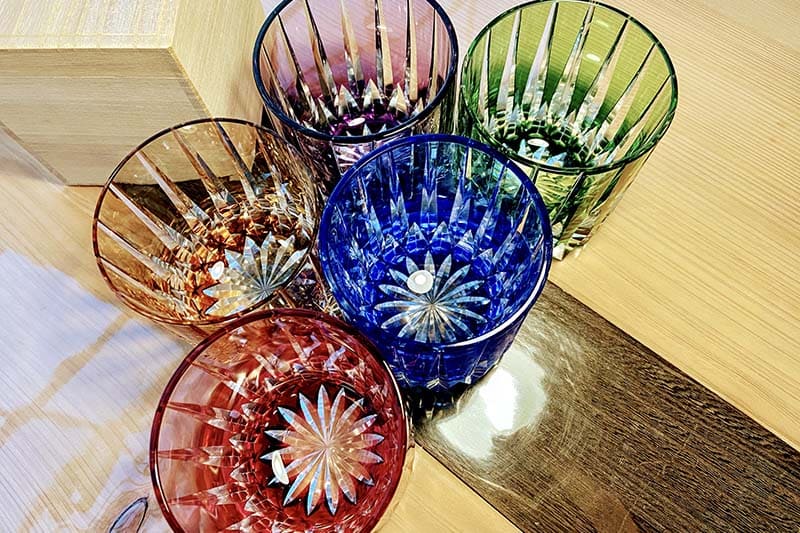
TOKAIDO GLASS
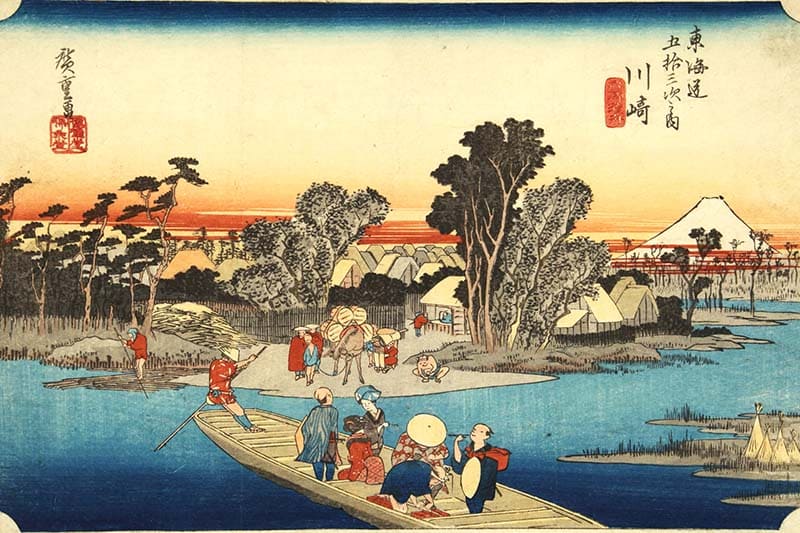
KAWASAKI UKIYO-E GALLERY
Discovery tour
With just the right blend of culture, art and hands-on fun, the Discover Kawasaki tour strikes the perfect tone. Conducted in English, this three-hour tour is open to everyone.
The tour kicks off with a visit to the atmospheric Kawasaki Daishi temple, where visitors can take in the sights and witness the goma fire prayer ritual. Renowned for offering protection against calamities, the temple was cofounded by Buddhist devotee Hirama Kanenori in 1128. Inspired by a dream, legend has it that the exiled samurai cast his fishing net into the ocean and hauled up a wooden statue of Kobo Daishi, the founder of the Shingon school of Buddhism.
Visitors then have the option to choose from two activities: shakyō, the act of hand-copying Buddhist sutras with brush and ink, or tontoko candy making. In making the candy, the artisans’ knives knock against wooden chopping blocks, making the evocative “tontoko” sound as they rhythmically shape the candy into perfectly sized pieces. After this performance, visitors are encouraged to make their own candy and take some home to enjoy at the end of the event.
Beyond the vibrant energy of the station area and bustling shopping districts, Kawasaki boasts a wealth of culture and history. Its English-language tours engage all the senses, providing an immersive way to experience it. To discover everything the city has to offer, why not participate in a tour of Kawasaki?
For more information, visit https://www.his-j.com/japan-tourist/kanagawa/kawasaki/en/



